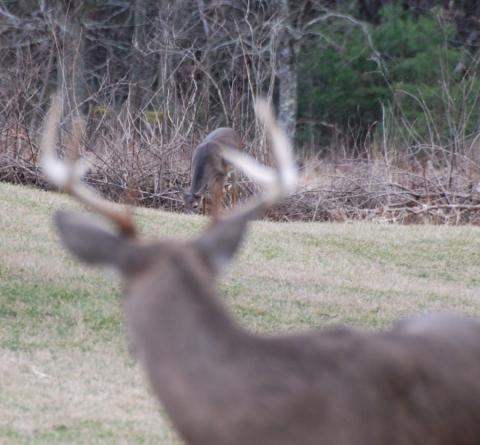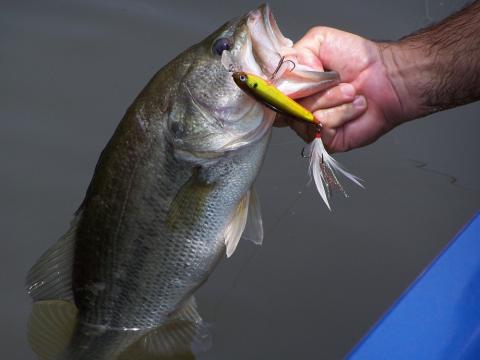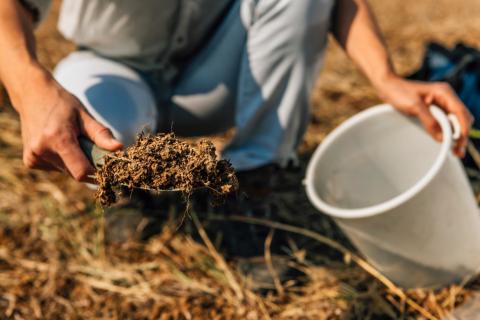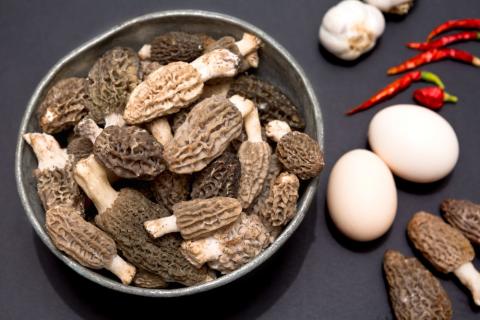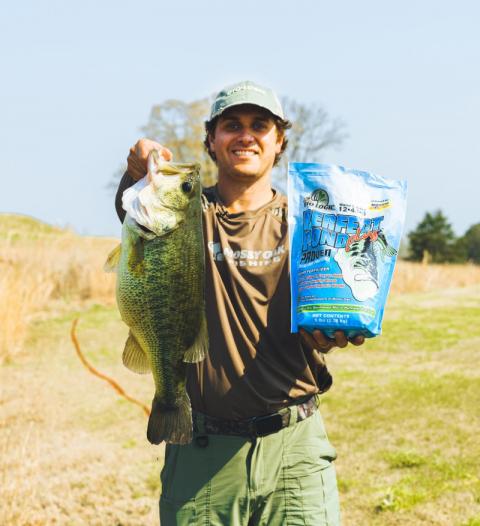Phillip Gentry
With the 2024 – 2025 Waterfowling season looming in the not-so-distant future, duck hunters are looking forward to getting in on some memorable wing shooting. Duck hunting is popular coast-to-coast across the United States as well as abroad, but some of the most popular destinations are located within the Mississippi Flyway. Rising in the Central Canada breeding areas and flowing nearly due south to the Gulf of Mexico, the Mississippi Flyway is an important migratory corridor for waterfowl of nearly every species.
Along the way, hunters try to outwit migrating ducks in countless locations including ponds, sloughs, lakes, oxbows and even the banks of the big River herself. Whether a novice to the area or veteran hunter, there are a number of variables that dictate duck movements, and numbers and subsequently can spell success or lack-of-success to waterfowlers.
Water Levels
It’s hard to duck hunt without water, and although it would seem the Mississippi and her tributaries would have an ample supply, some years are better than others. Some locations along the flyway only receive water from the big river if water levels are high enough. This is particularly true when hunting the myriads of oxbows that dot either side of the river.
Often crescent shaped, oxbows represent a deviation in the course of the river when current found a different path and left an abandoned stretch of river channel in her wake. These often-shallow depressions can be duck magnets, if the right elements are in play. On the other hand, too much water means ducks have double or triple the area to use during their migration and can spread out their numbers considerably.
Before hunting an oxbow or other water body tied to the Mississippi, check the local river gauge for the area which is available on the National Weather service website.
Food

Rich in agriculture, one of the biggest attractions for waterfowl migrating along the Mississippi Flyway is the abundance of food availability from flooded crops in the fertile delta areas on each side of the river and supporting tributaries.
The caveat is that agriculture does not always equate to food with crops like cotton and sugar cane being of little value to migrating waterfowl while rice, beans, and grains are common staples. In addition, ducks and geese eat a variety of aquatic plants, natural grains and grasses as well as invertebrates.
Not all of these foods mature and are desirable to waterfowl at the same time, so being able to identify foods and when they become attractive to waterfowl is a big step in drawing them in.
Additionally, it’s worthwhile to do a little inquiring about the type of agriculture in the vicinity of the area you’ll be hunting. While some outfitters that manipulate their own impoundments will plant duck attracting foods, these areas definitely work better if there’s additional food to draw them there.
Weather

Waterfowl that migrate south for the winter do so because of colder weather in the northern reaches of the continent. As cold weather and freezing temperatures push south, it pushes ducks in front of it. This is not to say that all ducks move in one solid wave, but freezing temperatures in higher latitudes will definitely put migrating waterfowl back in the air.
Timing weather fronts is a difficult proposition, particularly if you are planning a trip with an outfitter or even on your own if you’re doing so well in advance of reliable weather reports.
Photo period, meaning length of daylight is what triggers migration in waterfowl, but the masses only move as far south as they are forced to by cold that freezes over water holes and covers food sources with snow.
Another weather timing event is triggered by the maturing of food sources that are found along the way. This food availability often dictates why some species, like teal, head south faster due to lack of food availability in the shallow waters they frequent.
Warming trends will lock birds down in one particular area or even see them creeping back up to northern climates.
Birds
The overall number of birds that are available in a given season is driven by the breeding success and survival rates these birds experience in the northern rearing areas located in the northern United States and Canada.
Grassroots waterfowl organizations have spent time and money focusing on preserving these areas. Even in years when nesting success is high, natural predation can take its toll on young birds before they leave the rearing areas. Following that, hunting pressure can also reduce available number s before whatever birds are available get to where you’ll be hunting them.
Most waterfowlers understand the moral of the story is told mostly in the experience, not just by the number of dead birds at the end of a hunt. The Mississippi Flyway is a wonderful experience in itself, with the skies frequently filled with huge flights of birds of many species winging their way to destinations unknown. Being able to participate in that event, with hopefully some good shooting and great memories made along the way, is all that most waterfowlers can ask for.















